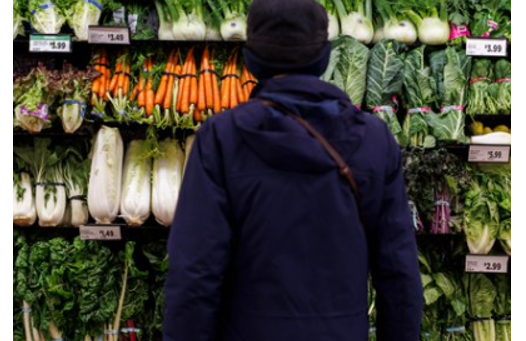2 in 5 Island children living with food insecurity, says Statistics Canada
Overall, 28.6 per cent of Islanders of all ages had trouble acquiring healthy food in an affordable manner in 2022, up from 23.6 per cent in 2021.

The rate of child food insecurity in Prince Edward Island continues to be the worst in the country, and the numbers are climbing higher still, according to the most recent figures from Statistics Canada.
Those figures show 41 per cent of Island children were living in households struggling to be able to afford the food they needed in 2022, up from 35.1 per cent the year before.
Overall, 28.6 per cent of Islanders of all ages had trouble acquiring healthy food in an affordable manner in 2022, up from 23.6 per cent in 2021.
"It's completely unacceptable," said Jennifer Taylor, a professor in foods and nutrition at the University of Prince Edward Island. "It means that those children are living in houses where either they or their parents are cutting the size of their meals [or] skipping meals."
The statistics on moderate to severe food insecurity show more Islanders are going an entire day without eating, Taylor said — especially parents, who choose to provide what food they do have to their children.







